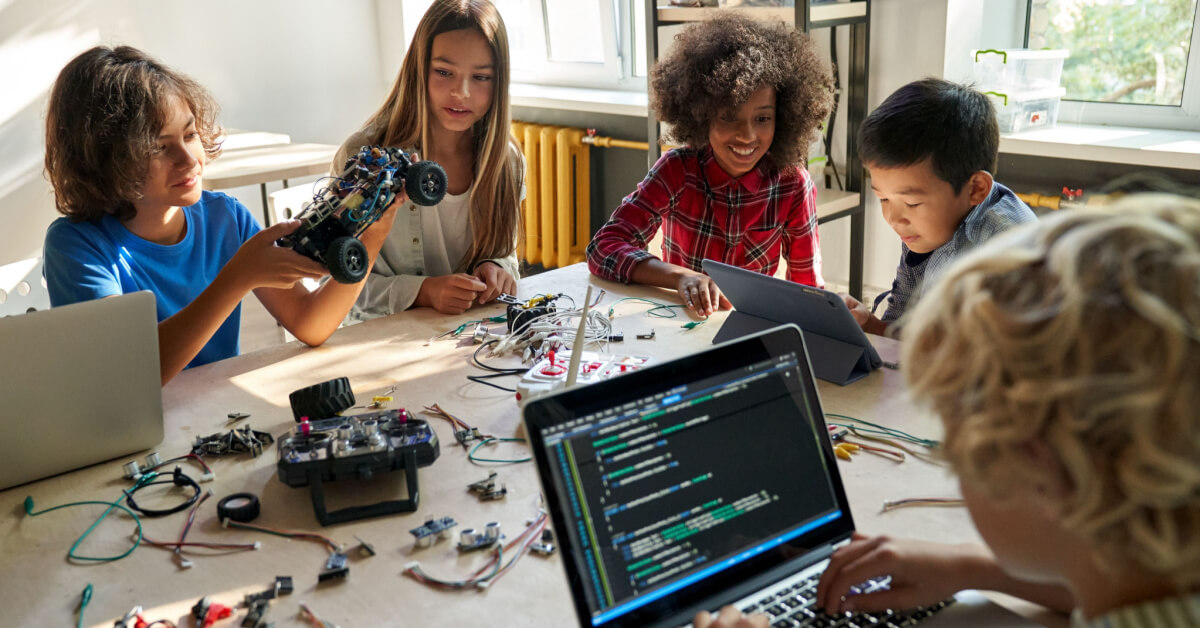November 23, 2022
Bringing Agile to education means developing and driving your course with intention. Lessons are not copied from Internet sources or designed on the morning of class. A level of flow must be achieved within the learning objectives that build knowledge and skills acquisition throughout a unit, a semester, and/or the year. Being intentional and mindful of the skills you are trying to develop becomes a daily task. You must be able to zoom in and out over the length of the course to ensure that learning is meaningful and deep. The lessons are didactic and build on each other, so students understand the importance of what they are doing.
Let’s see how the classic business principles of Agile apply to educators:
- Our highest priority is to satisfy the customer through the early and continuous delivery of valuable software.
In education, the highest priority is the student. The student must be learning and acquiring skills on a continuous level. That means building new skills through scaffolding, expanding content beyond words in a textbook, and applying it to the current world, constantly assessing and reflecting. Through reflective practices, students recognize that their skills and knowledge bases…



